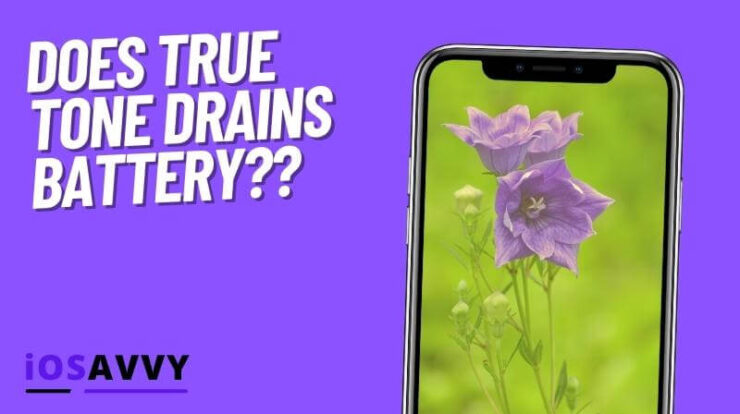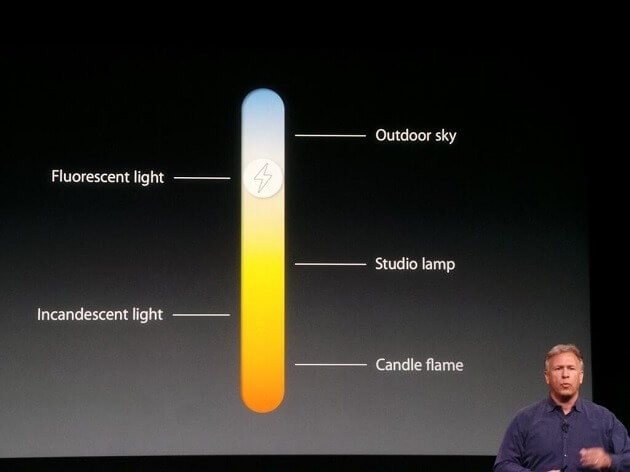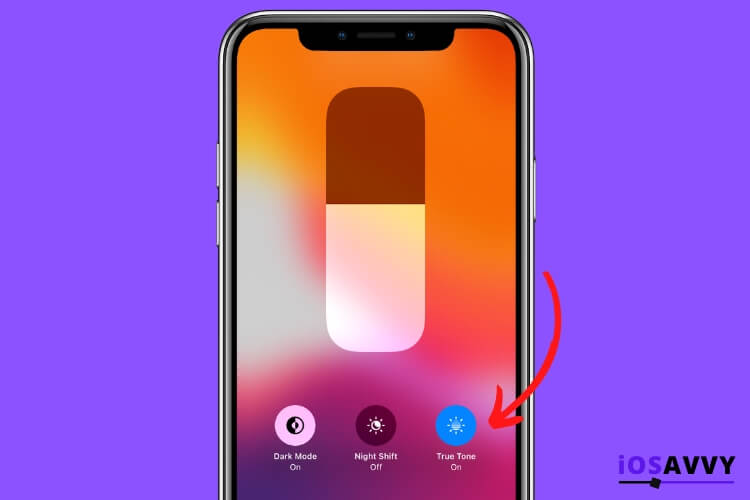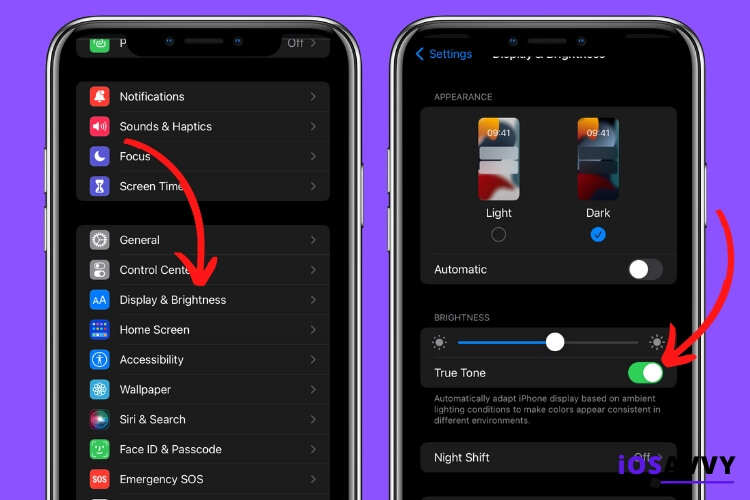
iPhones come with a lot of cool features, and with every addition, new questions come up as well. Today we want to understand does true tone drain battery and if so, to what extend. Let’s get into it.
The battery is one of the most important aspects of any Apple device. We all want our devices to last long, which is why there are so many articles on keeping your battery healthy. One recent addition to Apple devices is True Tone. But does this new feature come with a cost?
In other words, will using True Tone decrease your battery faster? The answer is YES, but only marginally. Let’s take a closer look at how True Tone works and what you can do to conserve battery life.
Will Using True Tone Save Your Battery?
True Tone display is a great feature on your iPhone, iPad, or MacBook. It works autonomously and adjusts the color temperature.
The only thing that concerns Apple users is its impact on battery life. Few users report that it might drain the battery faster.
So is it true or not? The feature does consume more battery. It is supported by sensors that sense your surroundings. These sensors need power, which comes from the battery.
However, the drainage might not be as much as you think. Continue reading below to learn more.

True Tone comes enabled in most Apple devices by default. So you probably never noticed the affect on your battery from it in the first place.
In reality, there are no drastic differences. It’s true that it uses sensors all the time to keep track of the surroundings. Also, there is software that runs in the background to moderate the color.
But the power consumption of those entities is negligible – especially when you consider other factors.
The sensors are located in the notch area, and they’re minuscule. So it’s unlikely they alone are going to draw excessive power from the battery, especially when there are other sensors too.
That being said, True Tone sensors do consume energy and drain the battery more than if your phone would not use it at all, but again, it’s meaningless.
The estimates as to how much don’t exist yet. But it’s undoubtedly not drastic ( unless there are some hardware or software issues ).
How it works
True Tone adjusts the brightness of the screen along with color ( even though there’s an auto-brightness feature ). So at higher brightness, your battery is likely to empty faster.
More than True Tone sensors, the factor that affects your battery life the most is the brightness level. Higher brightness levels drain the battery faster than lower levels. This is just common sense.
So you should consider regulating the brightness of your screen.
Switching to Dark Mode may help extend battery life, especially when you’re outdoors. It uses a dark color scheme system-wide, which consumes less energy. But again, the difference will not be huge.
Is True Tone worth it in general?

True Tone was a highly-marketed feature for iPad Pro when it debuted in 2016. Apple claimed it would offer a better viewing experience. But is the feature really worth it?
To decide, let’s understand what True Tone actually does.
When you look at the color of an object, it’s a combination of its natural color and the light color bouncing off of it. If you have noticed, our surrounding colors change all the time.
In the morning hours, the light is redder due to the rising sun. In the afternoon, it turns yellow and back to red in the evening hours when the sun is setting.
True Tone, in simple terms, adjusts the color temperature of the screen. The sensors measure the color temperature of the surrounding ambient light, then the signals are sent to a software that adjusts the ‘white point.’
So indoors, where the ambient light is warmer, the display will be warmer. Likewise, the screen will be cooler outdoors under the blue sky.
This way, the feature makes things look more realistic.
Ambiance lights can alter the natural color and influence decision-making. True Tone is worth the battery consumption if you want to look at colors as they are and not influenced by surrounding light.
How to turn it off

It’s understandable that not everyone would need the True Color feature. Perhaps you want to see the picture as delivered by the screen with minimal interference.
Also, if your battery is running in single digits, turning off the feature may extend the battery life a bit.
Either way, you should know how to turn off True Tone on your iPhone.
Here’s how you can do it:
- Open Settings app
- Scroll down to the Display and Brightness option and click on it
- Under brightness, you’ll find the True Tone option
- Turn off the toggle to white if it’s green
Doing so will disable the True Tone feature. The exact process applies to iPad users. On Mac, you need to go to the Apple menu > System Preferences > Displays. Click on the applicable Display Settings and deselect the True Tone checkbox inside it.
FAQs
Does True Tone help relive eye strain?
Yes, True Tone is helpful to the eyes. It reduces eye fatigue by displaying natural colors. So your eyes have to work less. Furthermore, it produces warmer screen color and blocks blue light as you get closer to bedtime. It helps you fall asleep quickly.
Does it use the camera?
True Tone doesn’t use the FaceTime HD camera and works independently. There are separate True Tone sensors that do not rely on the camera. So when you use the camera, the iPhone will adjust accordingly.
Conclusion
True Tone is a feature that is here to stay. Every device that Apple will release in the next few years will have it. As technology move forward, the sensors may become more energy-efficient too.
With that said, you shouldn’t worry much about it since the sensors don’t consume much energy in the first place.
